Will You Marry Me?
Estimated reading time: 10 minutes, 16 seconds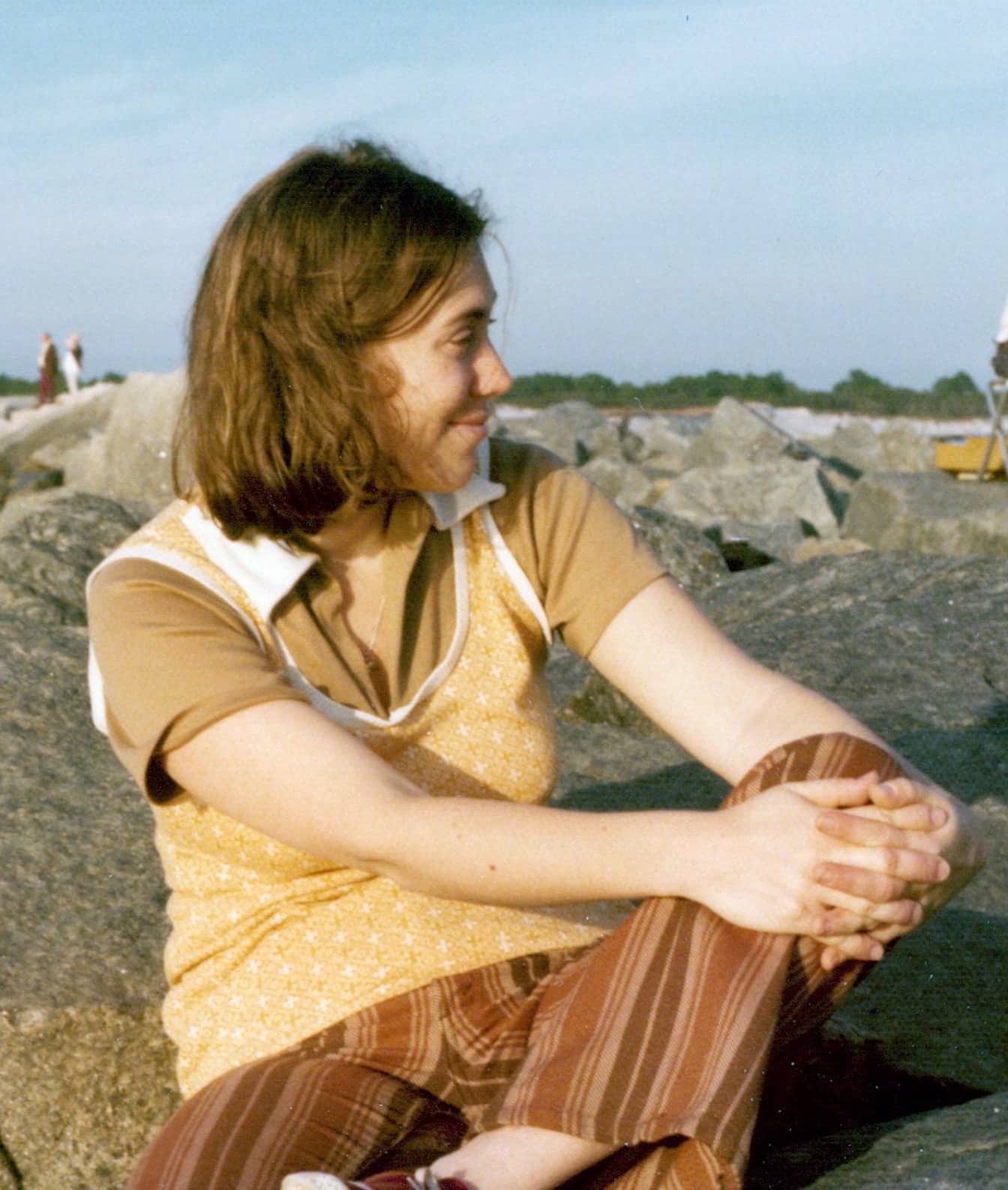
The Plaza Hotel
Do you think I will be able to meet the dress code of the Plaza Hotel,” I asked Jan as she came out of the bathroom. Jan was wearing a lovely dress, and I had no doubts she would be presentable. I selected nice pants and a button-down shirt.
You look great to me,” Jan said as she kissed me. “Can you help me zip up my dress?”
I started to say something but didn’t.
“I know you would prefer to unzip me, but we must leave now, or we will be very late.”
When we got on the D train, I reviewed that Charlotte was a member of the DNC, and she was in NY because they were holding a policy conference.
It should be an enjoyable evening,” I stated as the D train crossed the Manhattan Bridge.
Walking into the lobby, Charlotte recognized us before I saw her. I introduced Jan and greeted her as she approached us.
“It’s so nice to meet you, Jan,” she said. Jan said the same, and the two were chatting like old friends.
My cousin then turned to me. “I’m not sure we can get into the dining room. They have a rule that men must wear coats and ties,” Charlotte explained. She went over to speak with the hostess.
As she returned, she was shaking her head negatively.
“There is a diner around the corner. Is that OK for the two of you?” my cousin asked.
Having no choice but to have Jan have dinner with Charlotte while I waited in the lobby, we both nodded yes.
Diner on Central Park South
Tell me what the two of you are doing,” my cousin asked. Richard, I know a little about what you are doing from your parents, but I would love to know more.” I turned to Jan and said, why didn’t she go first? She smiled at me before she spoke.
I am starting work next month as an in-school drug counselor,” Jan explained. Like Richard, I was a VISTA Volunteer.”
In response to Charlotte’s questions, Jan provided biographical details.
Charlotte, I have always seen the world as being broken and in need of repair,” Jan explained. Richard shares my view and the work I am doing now and will focus on repairing the world.
What is the Jewish word for that?” my cousin asked.
“Tikun Olam,” Jan said. I am Jewish,” she added.
Charlotte nodded affirmatively and then turned to me.
I gave a quick overview of my work in Brooklyn and concurred with Jan about repairing the world. I mentioned my work on the Lowenstein campaign. He and McGovern carried our neighborhood with large margins,” I said. “If only…”
Charlotte smiled at me.
While we dined on adequate food but not like the Plaza, Charlotte talked about the policy conference and how it could provide opportunities to help our work if they won the next national election.
What we are debating are programs and policies that could save and improve lives in neighborhoods you work as well as people with addictions,” she said.
The waitress came over, cleared the plates, and asked if we wanted anything. Both of them asked for decaf coffee. As usual, I said no.
What are the two of you going to do?” my cousin asked as she looked at Jan and me.
I reached over, held Jan’s hand, looked at her, and then turned to face Charlotte.
“Jan and I are going to get married and continue to work to repair the world,” I announced.
Charlotte was quiet for a second, smiled at us, and said, “I am so happy for both of you! Richard, does your family know?”
I looked at Jan, who was still smiling and holding my hand. “No, we have not. Jan and I have never talked about getting married until now.
As I said, it dawned on me that Jan might not want to marry me.
Did I mess up our relationship? What if she does not want to marry me? Will she break up with me as soon as we leave my cousin?
After almost 48 years, I recently lost my wife, Jan Lilien. Like The Little Prince, Jan and I believed that “The most beautiful things in the world cannot be seen or touched, they are felt with the heart.” This blog is a collection of my random thoughts on love, grief, life, and all things considered.
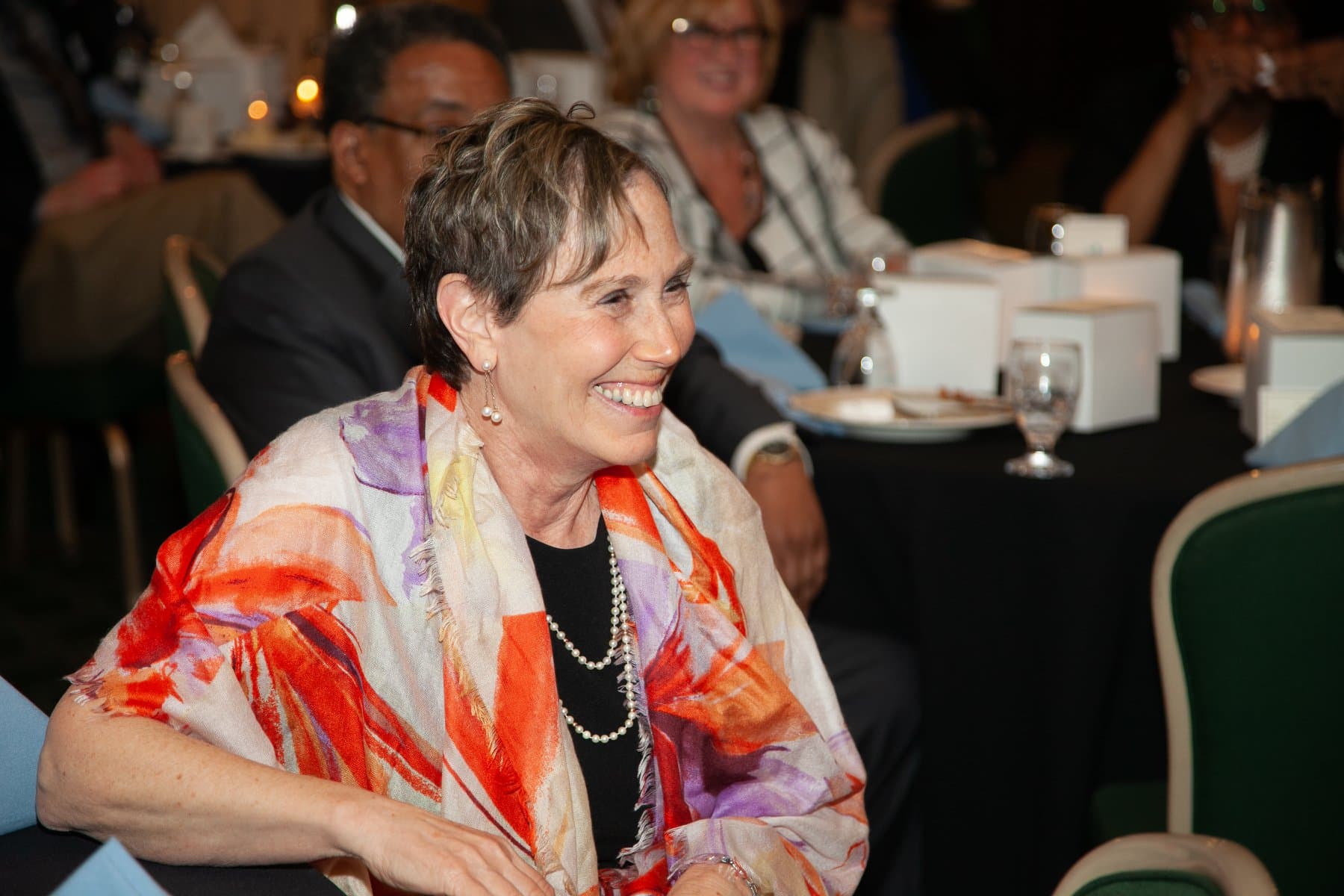

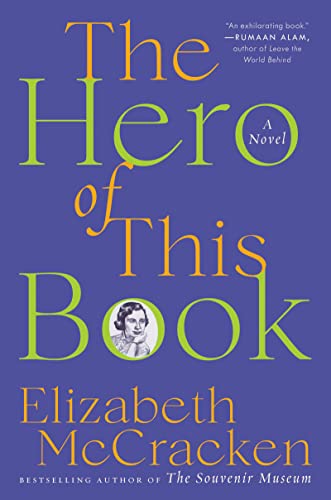
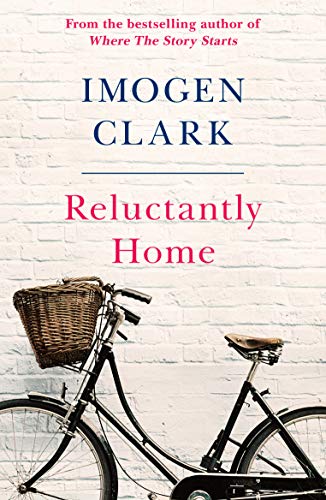
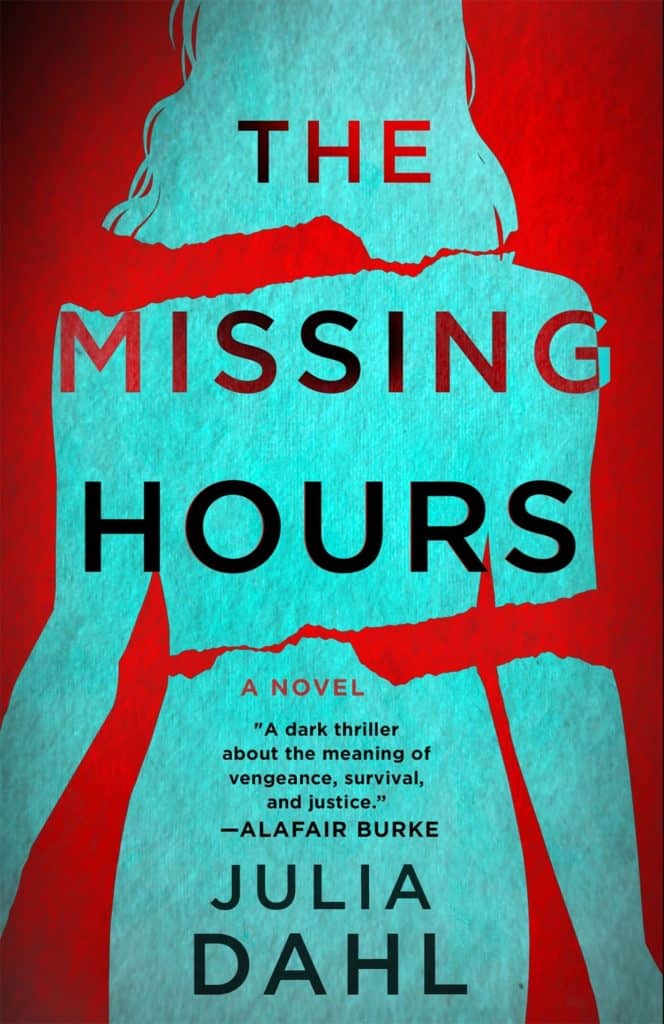
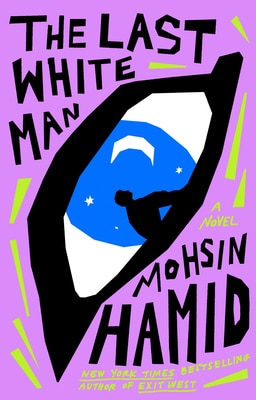
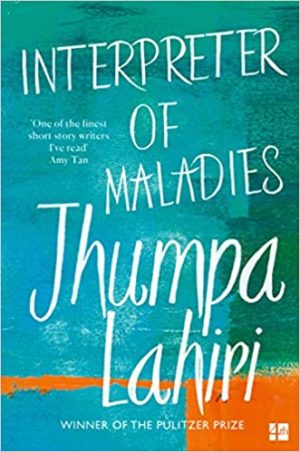
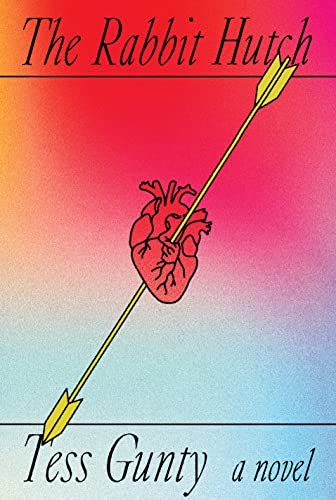
These are lovely, Richard. Thank you for sharing. What a wonderful way to bring a smile to you and everyone.
Jodi, thank you so very much for sharing your comment on this post. I appreciate your friendship and support.
My writings are from my heart and, in many ways, are an extended love letter to Jan. As I have described in other posts and comments, the words flow from me like an incoming tide at the Jersey shore.
They fill pages and pages with memories that I then edit before sharing. Writing about Jan, Love, life, and grief helped me during this difficult time. Love never dies.
I have always liked Viktor E. Frankl’s quote in Man’s Search for Meaning.
I hope to see you on April 24th to Celebrate Jan Day.
Thanks so very much for reading this post. Please feel free to share this post and others.